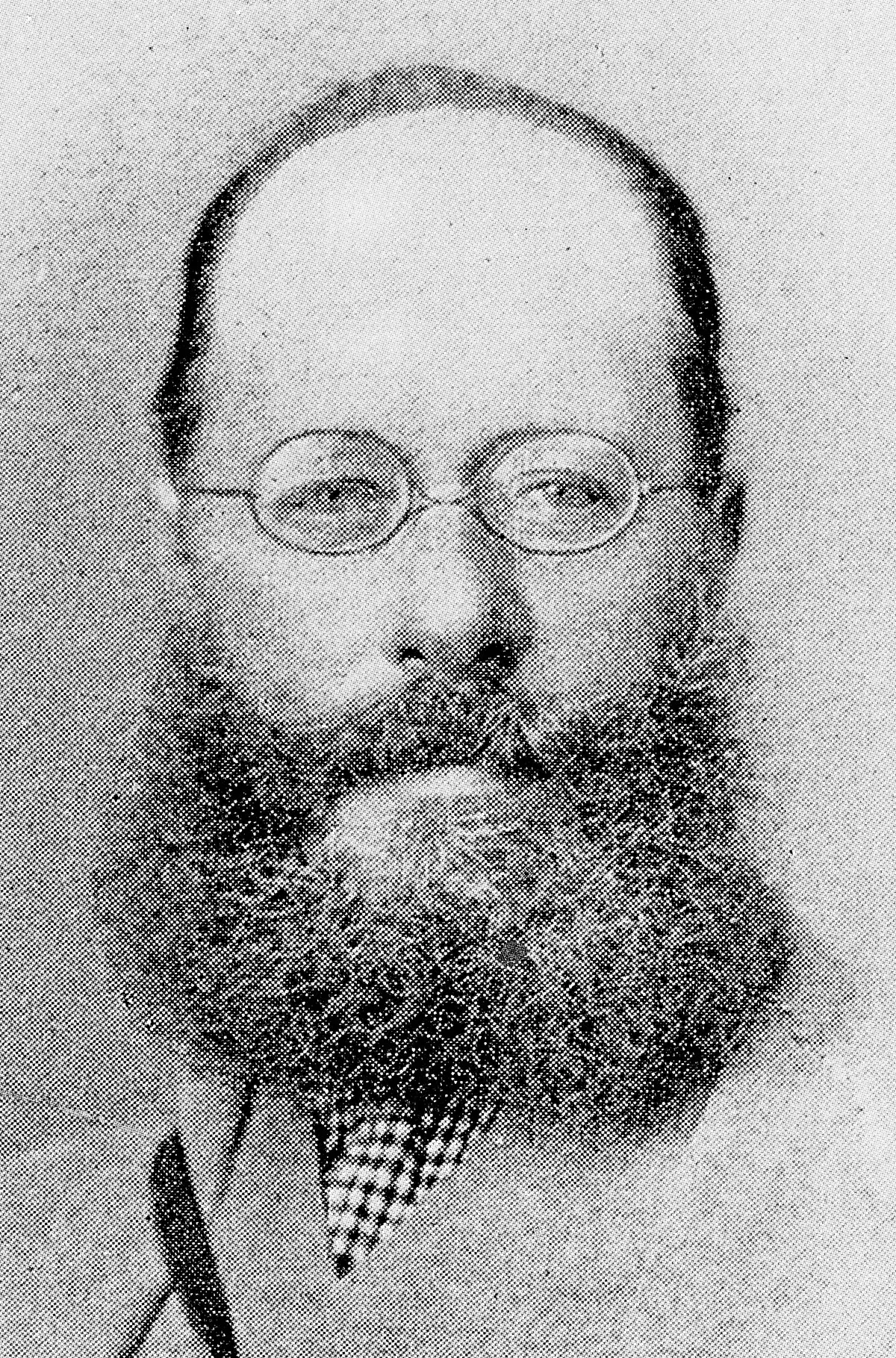 1.
1. Edward Lear was an English artist, illustrator, musician, author and poet, who is known mostly for his literary nonsense in poetry and prose and especially his limericks, a form he popularised.

 1.
1. Edward Lear was an English artist, illustrator, musician, author and poet, who is known mostly for his literary nonsense in poetry and prose and especially his limericks, a form he popularised.
Edward Lear composed and published twelve musical settings of Tennyson's poetry.
Edward Lear was raised by his eldest sister, named Ann, 21 years his senior.
Jeremiah Edward Lear ended up defaulting to the London Stock Exchange in the economic upheaval following the Napoleonic Wars.
Ann doted on Edward Lear and continued to act as a mother to him until her death, when he was almost 50 years of age.
Edward Lear experienced his first seizure at a fair near Highgate when with his father.
Edward Lear felt lifelong guilt and shame for his epileptic condition, and his adult diaries indicate that he always sensed the onset of a seizure in time to remove himself from public view.
When Edward Lear was about seven years old he began to show signs of depression, possibly due to the instability of his childhood.
Edward Lear had periods of severe melancholia which he referred to as "the Morbids".
Edward Lear was already drawing "for bread and cheese" by the time he was aged 16 and soon developed into a serious "ornithological draughtsman" employed by the Zoological Society and from 1832 to 1836 by the Earl of Derby, who kept a private menagerie at his estate, Knowsley Hall.
Edward Lear was the first major bird artist to draw birds from life rather than the skins of specimens.
Between 1878 and 1883, Edward Lear spent his summers on Monte Generoso, a mountain on the border between the Swiss canton of Ticino and the Italian region of Lombardy.
Edward Lear's oil painting The Plains of Lombardy from Monte Generoso is in the Ashmolean Museum in Oxford.
Edward Lear had a lifelong ambition to illustrate Tennyson's poems; near the end of his life, a volume with a small number of illustrations was published.
In 1842, Edward Lear began a journey into the Italian peninsula, travelling through the Lazio, Rome, Abruzzo, Molise, Apulia, Basilicata, Calabria and Sicily.
In personal notes, together with drawings, Edward Lear gathered his impressions on the Italian way of life, folk traditions, and the beauty of the ancient monuments.
Edward Lear drew a sketch of the medieval village of Albe with Mount Sirente, and described the medieval village of Celano, with the castle of Piccolomini dominating the vast plain of Lago Fucino, which was drained a few years later to promote agricultural development.
At Castel di Sangro, Edward Lear described the winter stillness of the mountains and the beautiful basilica.
Edward Lear primarily played the piano, but he played the accordion, flute, and small guitar.
Edward Lear composed music for many Romantic and Victorian poems, but was known mostly for his many musical settings of Tennyson's poetry.
Edward Lear published four settings in 1853, five in 1859, and three in 1860.
Edward Lear met the young barrister in Malta in 1849 and toured southern Greece with him.
Edward Lear developed an infatuation for him that Lushington did not wholly reciprocate.
Edward Lear eventually settled in San Remo, on his beloved Mediterranean coast in the 1870s at a villa he named "Villa Tennyson".
In 1846, Edward Lear published A Book of Nonsense, a volume of limericks which went through three editions and helped popularise the form and the genre of literary nonsense.
Lear's nonsense books were quite popular during his lifetime, but a rumour developed that "Edward Lear" was merely a pseudonym, and the books' true author was the man to whom Lear had dedicated the works, his patron the Earl of Derby.
Edward Lear's limericks were published in a variety of formats; it appears that Edward Lear wrote them in manuscript in as many lines as there was room for beneath the picture.
Edward Lear has been played in radio dramas by Andrew Sachs in The Need for Nonsense by Julia Blackburn and by Derek Jacobi in By the Coast of Coromandel by Lavinia Murray.
Edward Lear was portrayed on television by Robert Lang in "Edward Lear: On the Edge of the Sand" a special episode of The Natural World, BBC2 14 April 1985.
Edward Lear's written work was used extensively in the short-lived The Tomfoolery Show, a Saturday morning cartoon that was produced by Rankin-Bass and broadcast on NBC from 1970 to 1971.